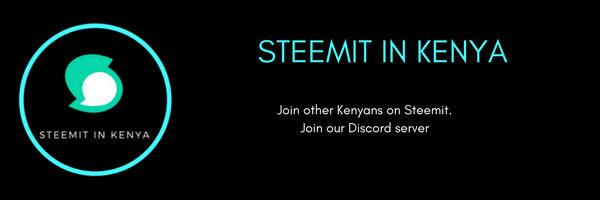Waste Management Wednesday - Cradle2Cradle Philosophy
Last week we started on the first Waste Management Wednesday Series of whether the waste is 'waste' or a resource, and we definitely saw it as a resource. Without further adieu lets welcome today's topic : Cradle2Cradle Philosophy as promised.
Let's define afew terms shall we:
- Cradle-to-grave: this is the full lifecycle assessment from resource extraction (cradle) to the usage of the product and finally it's disposal (grave).
- Cradle-to-gate: this is the lifecycle assessment of a product from resource extraction to before the product is transported to the customer.
- Cradle-to-cradle: this is a specific kind of cradle-to-grave assessment, where the end-of-life disposal step for the product is a recycling process. It is a method used to minimize the environmental impact of products by employing sustainable production, operation, and disposal practices and aims to incorporate social responsibility into product development.
Picture this
This is well within our grasp; all we need is just motivation. For every problem there is a solution and for our waste problem, Cradle2Cradle aims to change how we can better do business by looking at how we manufacture things. How?
The Cradle to Cradle philosophy reframes design as a beneficial, regenerative force. It expands the definition of design quality to include positive effects on economic, ecological, and social health. To that end, their mission is to turn the making of things into a positive force for people, economy, and planet.
Source: Cradle2Cradle Institute
Why Cradle2Cradle?
It defines and honors milestones on the path towards optimized impacts in each of five categories: Material Health; Material Reutilization; Renewable Energy and Carbon Management; and Water Stewardship; and Social Fairness. A company’s sincere commitment to examine its activities and outputs is rewarded every step of the way.
Material Health
The Material Health of a product is assessed as per the below criteria:
Material Re-utilization
Biological and Technical Nutrient Cycles
Renewable Energy and Carbon Management
Water Stewardship
In many places around the world, rivers no longer reach the sea, lakes have dried up, and aquifers have collapsed.
Social Fairness
The goal of this category is to ensure responsible business operations and ethics for all stakeholders, including the supply chain and the environment. Unfortunately, the poor populations suffer more social and environmental damage from industry, social fairness goes beyond the corporate office to drive responsible manufacturing and fair treatment of workers throughout the supply chain.
Conclusion
Products CAN make a positive impact on the world and Cradle2Cradle shows the way.
References
- Wikipedia:Life-cycle assessment
- Cradle2Cradle Catalyst Program
- The Sustainability Consortium
Image Sources


Nice
Thank you for stopping by
This is a really good approach. Planning from the begin to the end. And the incorporation of social responsibility adds pointers for this form of waste management. Keep up I am learning so much from you.
Thank you, will keep em coming
This wonderful post has received a @cmbugua 3.24% upvote from @mrswhale. Discord Channel: https://discord.gg/WVJW7AC Please vote with the link below if you support our project. https://goo.gl/1zYDKh
Waste management is an intergral part of our environment
This gem of a post was discovered by the OCD Team!
Reply to this comment if you accept, and are willing to let us share your gem of a post! By accepting this, you have a chance to receive extra rewards and one of your photos in this article may be used in our compilation post!
You can follow @ocd – learn more about the project and see other Gems! We strive for transparency.
Let me know if you have any questions regarding the project or nomination. Hope to hear from you soon!
I very much accept! Thank you so much for noticing.